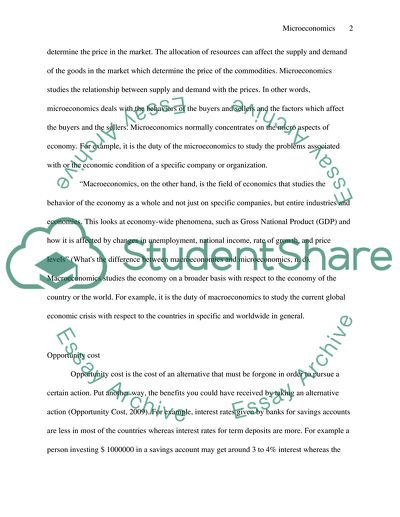Cite this document
(Principles of Microeconomics in the Present Time Research Paper, n.d.)
Principles of Microeconomics in the Present Time Research Paper. Retrieved from https://studentshare.org/macro-microeconomics/1729369-principles-of-microeconomics-in-the-present-time
Principles of Microeconomics in the Present Time Research Paper. Retrieved from https://studentshare.org/macro-microeconomics/1729369-principles-of-microeconomics-in-the-present-time
(Principles of Microeconomics in the Present Time Research Paper)
Principles of Microeconomics in the Present Time Research Paper. https://studentshare.org/macro-microeconomics/1729369-principles-of-microeconomics-in-the-present-time.
Principles of Microeconomics in the Present Time Research Paper. https://studentshare.org/macro-microeconomics/1729369-principles-of-microeconomics-in-the-present-time.
“Principles of Microeconomics in the Present Time Research Paper”, n.d. https://studentshare.org/macro-microeconomics/1729369-principles-of-microeconomics-in-the-present-time.


